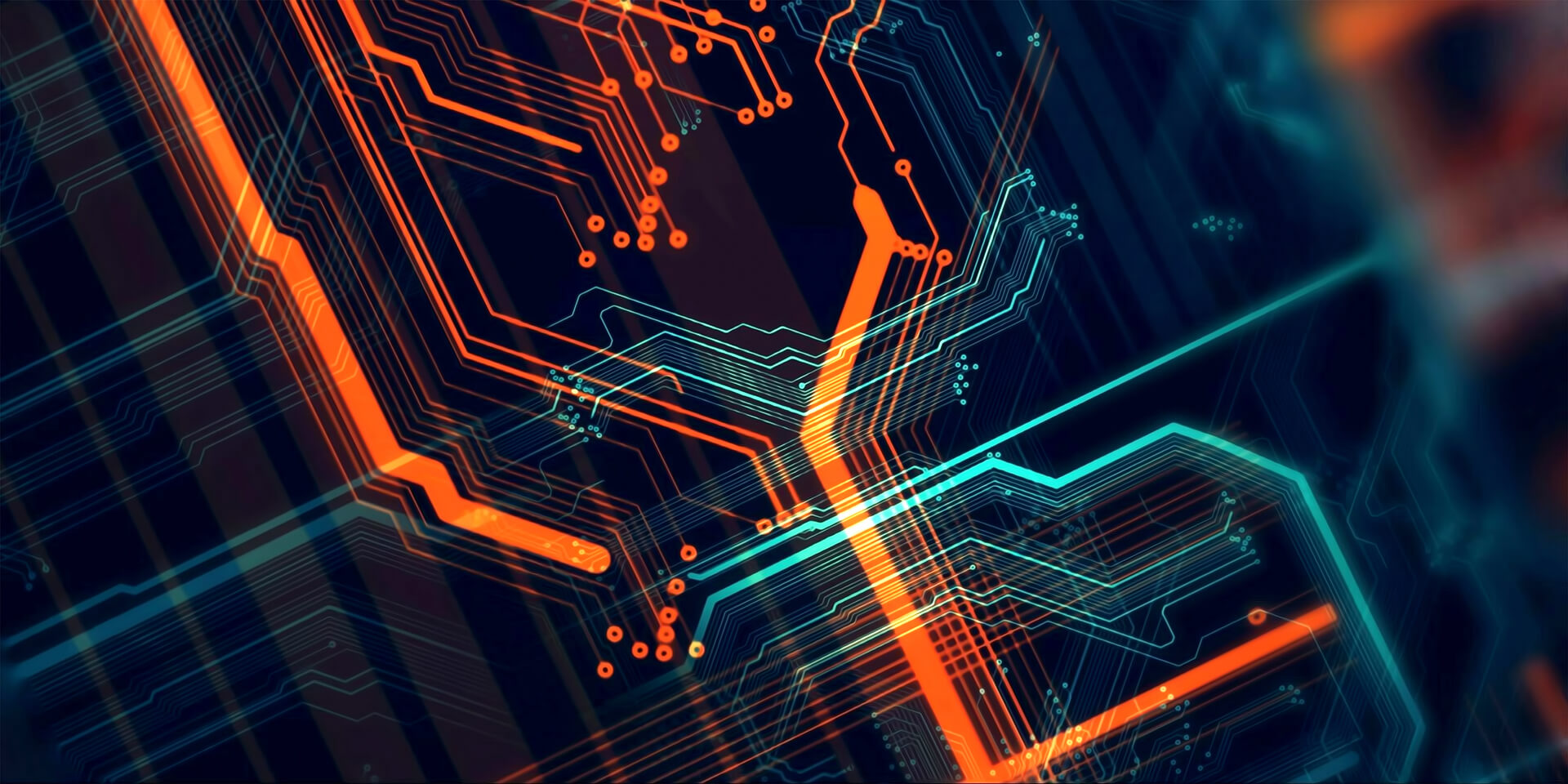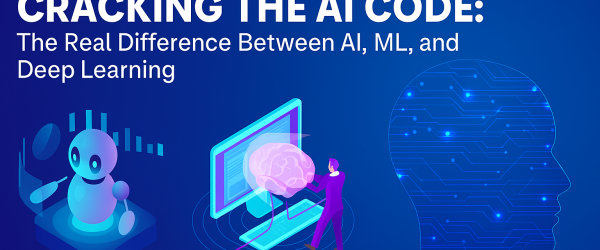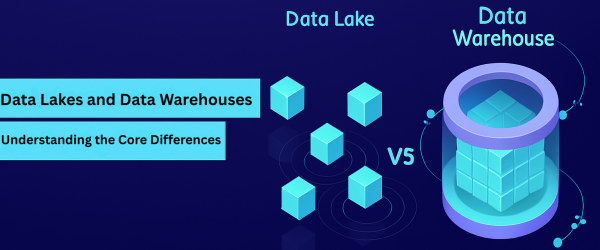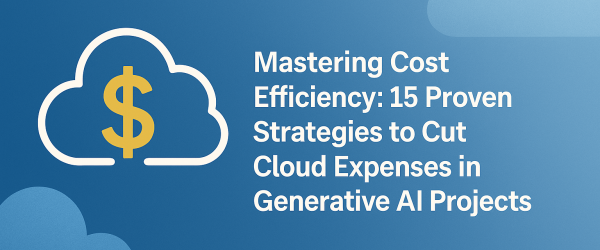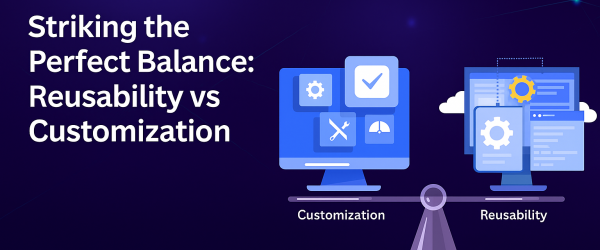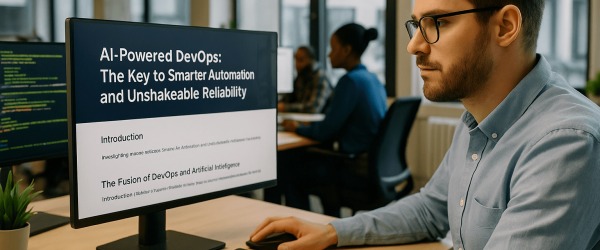Introduction
In the ever-evolving landscape of software development, staying abreast of the latest technologies is crucial for developers to create robust and innovative solutions. This blog aims to explore some of the cutting-edge technologies shaping the software development realm today.
Containerization with Docker
- Docker has revolutionized the way applications are developed and deployed. It enables developers to package their applications and dependencies into containers, ensuring consistency across different environments. The lightweight nature of containers allows for seamless deployment and scaling.
- Example-An excellent example is the containerization of microservices in a cloud-native application, enhancing scalability and maintainability.
Microservices Architecture:
- Microservices have gained immense popularity for building scalable and modular applications. This architectural style involves breaking down an application into smaller, independent services that can be developed, deployed, and scaled independently. A notable example is Netflix, which leverages microservices to deliver a scalable and resilient streaming platform.
- Example Netflix relies on a microservices architecture to deliver a seamless streaming experience to millions of users.
Serverless Computing:
- Serverless computing allows developers to focus solely on writing code without the need to manage server infrastructure. Services like AWS Lambda and Azure Functions exemplify this paradigm. Developers can deploy functions that run in response to events, leading to cost efficiency and improved scalability.
- Example AWS Lambda enables serverless computing, executing code in response to events without the need for server provisioning.
Blockchain Technology:
- Blockchain is not limited to cryptocurrencies; it has found applications in various industries. Smart contracts, for instance, are self-executing contracts with the terms of the agreement directly written into code. Ethereum is a prime example of a blockchain platform that facilitates the creation of decentralized applications (DApps) and smart contracts.
- Example Ethereum, a decentralized platform, enables the creation of smart contracts, revolutionizing industries like finance and supply chain.
Machine Learning and Artificial Intelligence:
- Integrating machine learning (ML) and artificial intelligence (AI) into software applications is becoming increasingly common. TensorFlow and PyTorch are popular frameworks that enable developers to implement ML models. Applications range from recommendation systems, natural language processing, to image recognition.
- Example: TensorFlow, an open-source machine learning framework developed by Google, empowers developers to create intelligent applications, from image recognition to natural language processing.
Progressive Web Apps (PWAs):
- PWAs combine the best of web and mobile applications, offering a responsive and fast user experience. They can be accessed through a web browser and provide features traditionally associated with native apps. Twitter Lite is an exemplary PWA, delivering a native-like experience with reduced data consumption.
- Example: Twitter Lite, a PWA, provides a fast and reliable experience, even in low-bandwidth conditions
DevOps Practices:
- DevOps practices emphasize collaboration between development and operations teams, aiming for a continuous and automated software delivery pipeline. Tools like Jenkins, Docker, and Kubernetes play crucial roles in implementing DevOps. Adopting DevOps practices enhances development speed, quality, and reliability.
- Example: Jenkins, an open-source automation server, facilitates CI/CD, ensuring rapid and reliable software delivery.
Low-Code and No-Code Platforms:
- Demystify the rise of low-code and no-code platforms in empowering citizen developers.
- Discuss the advantages of rapid application development and its impact on time-to-market.
- Showcase popular low-code platforms and their use cases.
Cloud-Native Development:
- Unpack the benefits of cloud-native development and its role in scalability and flexibility.
- Discuss containerization with Docker and orchestration with Kubernetes.
- Explore serverless architecture and its impact on reducing operational overhead.
Conclusion:
Embracing the latest technologies in software development is essential for creating innovative, scalable, and resilient applications. Developers should stay curious, continuously learn, and adapt to the dynamic landscape to deliver cutting-edge solutions. The examples provided showcase the real-world impact of these technologies, illustrating their transformative power in the software development domain.
Thank you for reading. For continued insights and in-depth discussions, please follow our blogs at Ezeiatech.

